
The whisky world, like the world of wine, often seems impenetrable from the outside, with the traditional image of those drinking it being old men in leather seats, smoking cigars in stuffy rooms.
However, if you scratch the surface a little you'll quickly realise that over the past five years or so, there's been a major shift in the way the drink is being approached, not only by consumers, but also by producers and marketers too.
Mirroring the changes in the beer industry, whisky has become a far more approachable, versatile and modern spirit in recent times.
For a start, campaigns such as the #OurWhisky movement are dispelling the common myths of who modern whisky drinkers are, reinforcing the idea that whisky is as much for women as it is for men and pushing for changes in the industry to reflect the growing number of women who are not only drinking it but also producing, selling and marketing it.
Those drinking whisky are now also far younger and more diverse than ever before, so there's never been a better time to break down the barriers and actually get out and enjoy Scotland's greatest export.
To help, we've taken a look at 8 of the most common mistakes people make when ordering whisky.
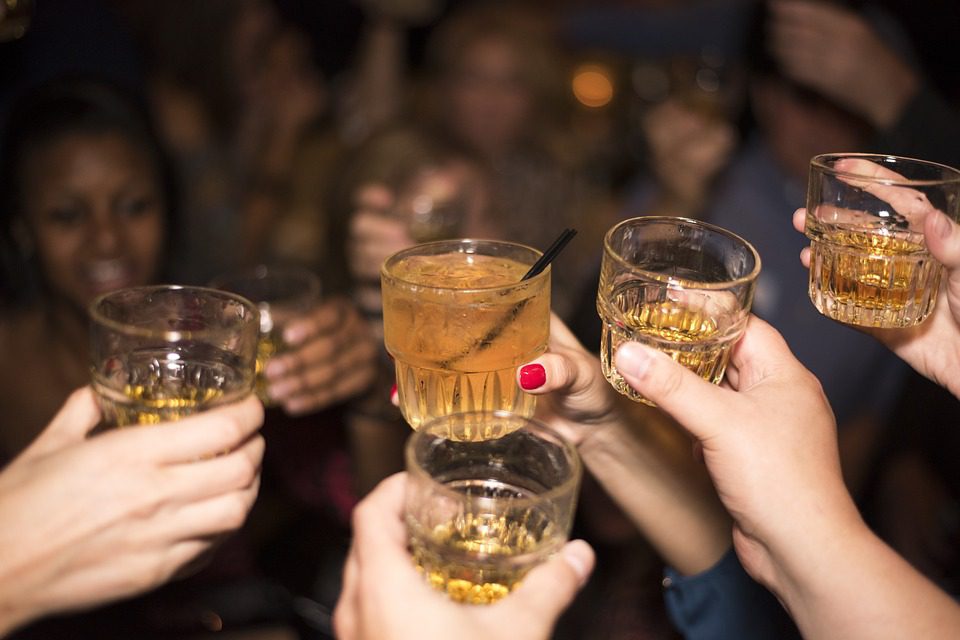

Picture: Pixabay
This is the number one, top of the tree, most common mistake people make when trying to begin drinking whisky - listening to other people's rules for drinking whisky.
Instead, stop worrying about asking how you should drink whisky and just actually get out there and try it, as other than to try as many whiskies as you can, whenever you can, there aren’t any laws as to how you should drink it.
Please don't let your in-laws tell you their rules for drinking it, or take advice from that person at the bar who thinks they know what they're talking about or even listen to that blogger online who wrote an 800 word post on it.
Instead, just take a little time to actually try the different styles available and see what you like, and most importantly, how you like drinking them. The most important step is to actually try the stuff.
Don't get us wrong, it's important to listen to the advice of experts such as experienced bar staff or brand ambassadors but mostly it's about learning what works for you.
Which leads us on to point two.
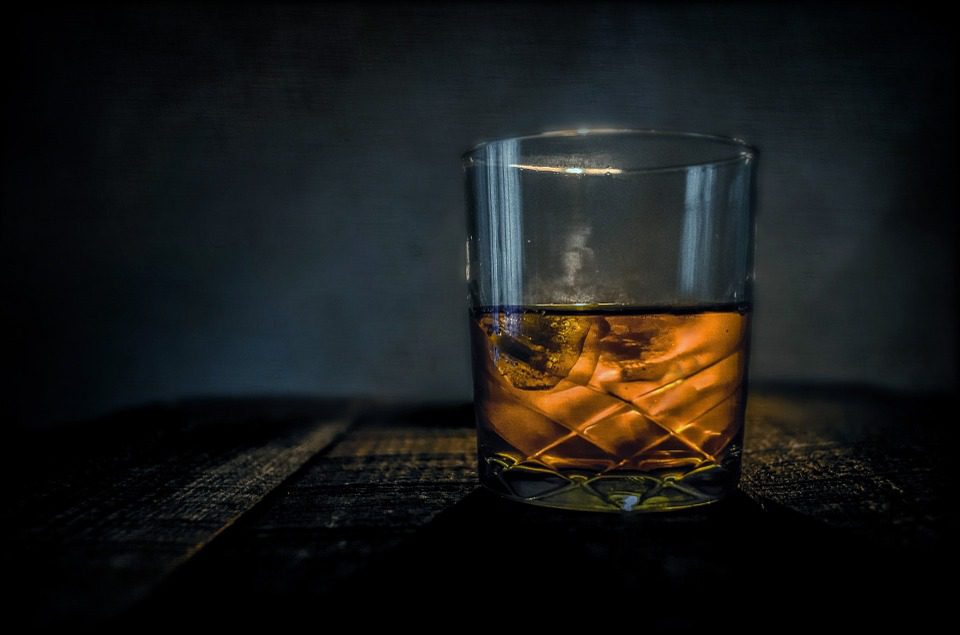

Picture: Pixabay
This point is another one that's vitally important to your enjoyment of a whisky.
Knowing what water and ice does to a whisky before drinking it can actually help you to feel more confident about choosing whether to add either (or none) to your Scotch whenever you buy one.
Ice will cool it down and dampen any flavours, if that is the desired effect, then feel free to have your whisky on the rocks.
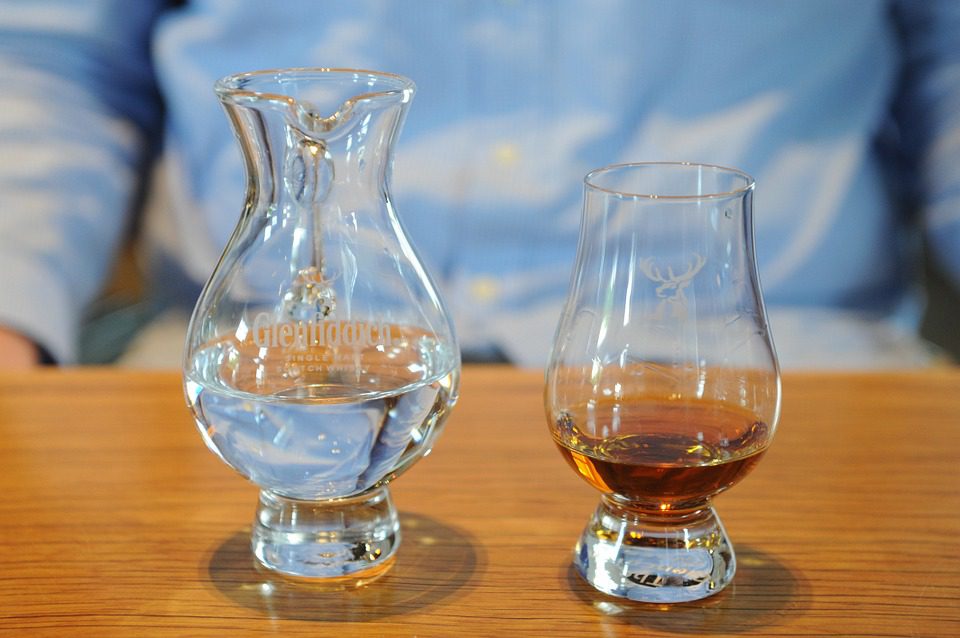

Picture: MaxPixel
With water, it’s a case of sip it and see – take a taste and decide whether the whisky is rich and oily enough to benefit from being opened up by a few drops.
With lighter whiskies, water sometimes isn’t needed though with cask strength whisky it can often help reduce that overpowering alcohol content.
Despite Hollywood trying to convince you to the contrary, whisky is not great for shooting.
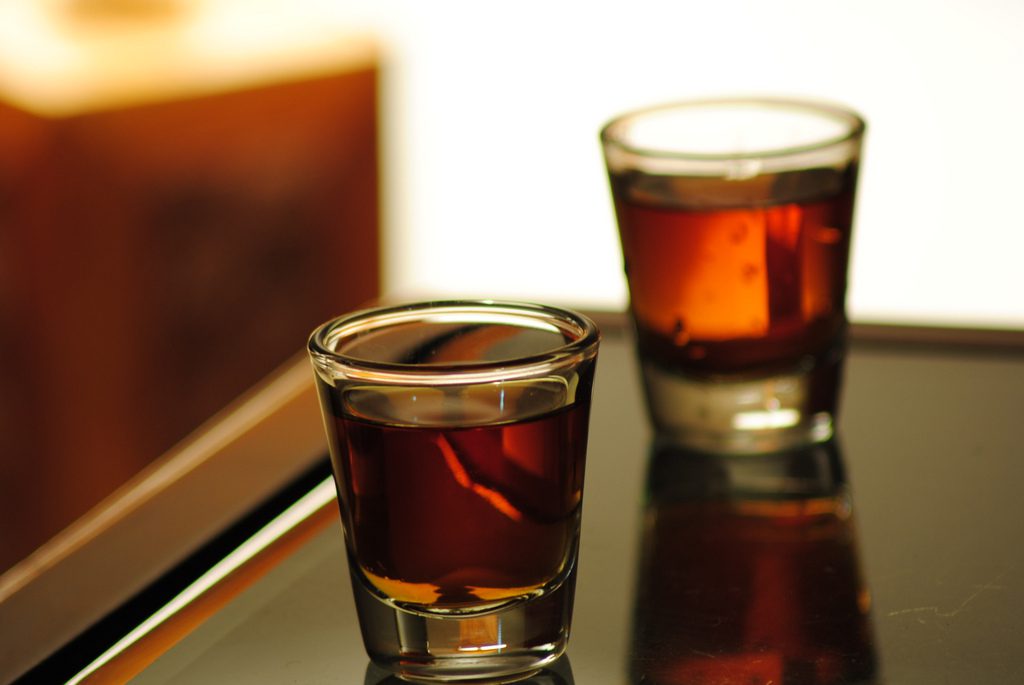

Scotch in particular, does not make for a great shot. Picture: Kirti Poddar/Flickr
More than likely it will induce that weird shudder and fiery feeling in the esophagus as your body reacts to you shoving 35ml of 43 per cent or higher alcohol down your throat.
Trust us, it's far more enjoyable when sipped.


Peated whiskies are not always the best for beginners. Picture: Pixabay
This is very much the equivalent to going straight for the hottest chilli peppers in cooking when you've never even tried any spicy food.
Take your time and try some other non-peaty whiskies first to learn more about the flavour profiles of each whisky before diving in at the deep end.
If you are dead set on trying some peat then ask your bar man or purveyor of spirits to give you something lightly peated such as Benromach 10, Talisker 10 or Highland Park 12 to start you off.
We'll admit we are purists and this seems pretty draconian but hear us out.
Most single malts (and to some extent some premium blends too) have taken an awfully long time, dedication and skill to make so drowning them in Coke or Irn-Bru will stop you getting the best out of them, and besides that’s what cheaper blended whiskies are designed for.
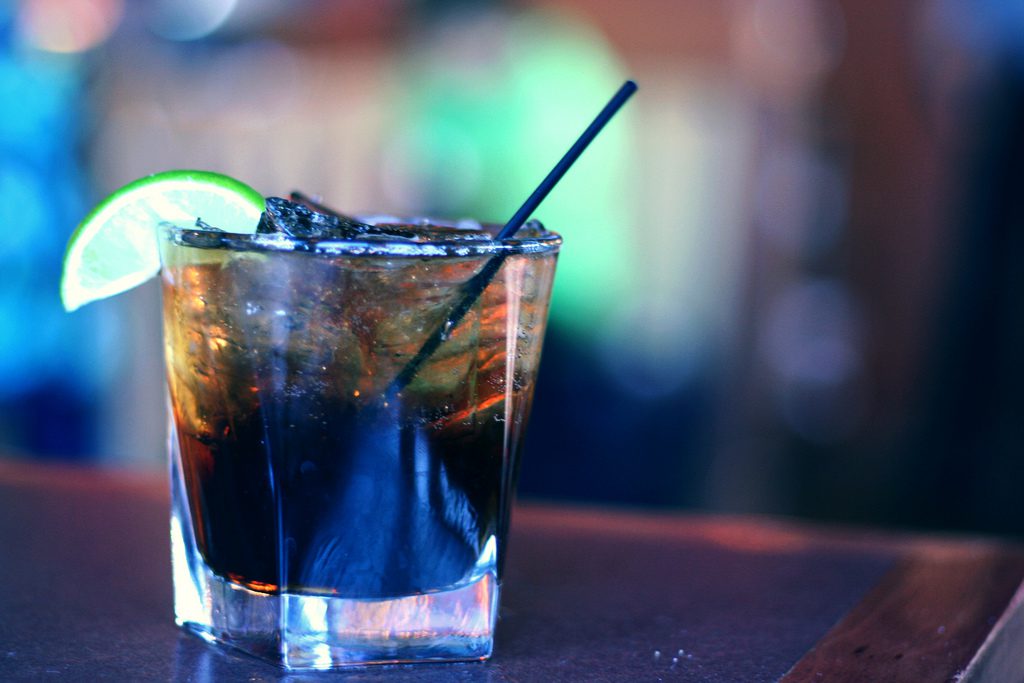

Picture: Flickr/ginnerobot
However, if that’s the way you like to drink them then go for it (we’ll try not to wince).
Whisky like food is fun to experiment with, but when you find what you like you can end up being afraid to try something you might not like in favour of what you will.
So to avoid the rut, try buying whisky with friends, ask them to pick what they like while you pick what you enjoy then simply share each of the drams between you. This means you'll get to try something new, while still having the comfort of what you like.
As with basic economics price usually reflects the availability of a commodity rather than just its quality, and whisky (on the main) is no different.
Just because a whisky is more expensive it doesn't always mean it's better, be sure not to spend money you don't have to, opting for a more expensive option when there are plenty of great quality options that cost less.
Simple things like asking a bar person or retail assistant you trust can often make the difference.
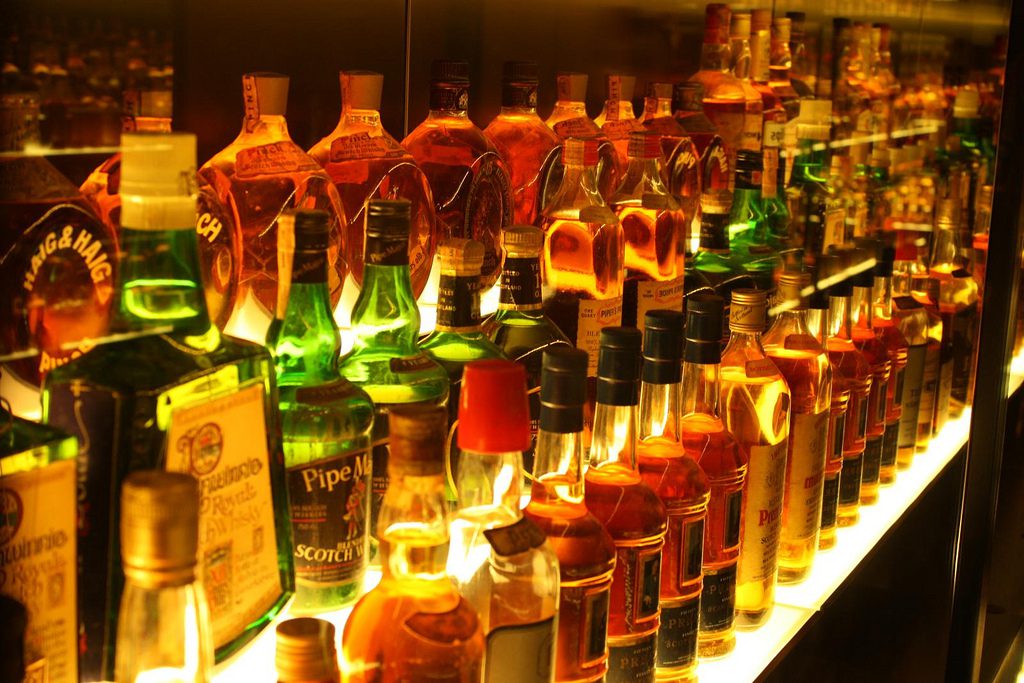

Picture: Danny Nicholson/Flickr
What is it they say? Age is just a number? Well, with whisky this should be the case, despite how much people will tell you otherwise.
While older whisky will usually be more expensive (see above), this can often be down to availability as with most aged whiskies, the older they are the less there are of them, meaning the idea they are always better may not always be the case.
Though it's more than likely most will be great quality, it doesn't mean that a younger whisky won't suit your tastes, or the style, better.
And quite often, older whisky can suffer from spending too much time in the cask meaning they lose a little of that vibrancy you'll find in younger whiskies.


